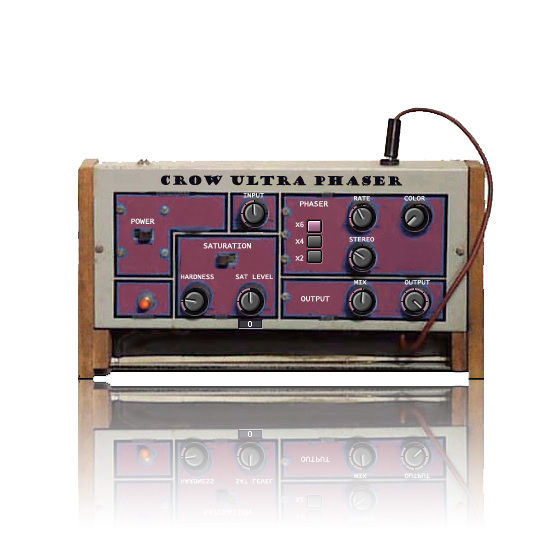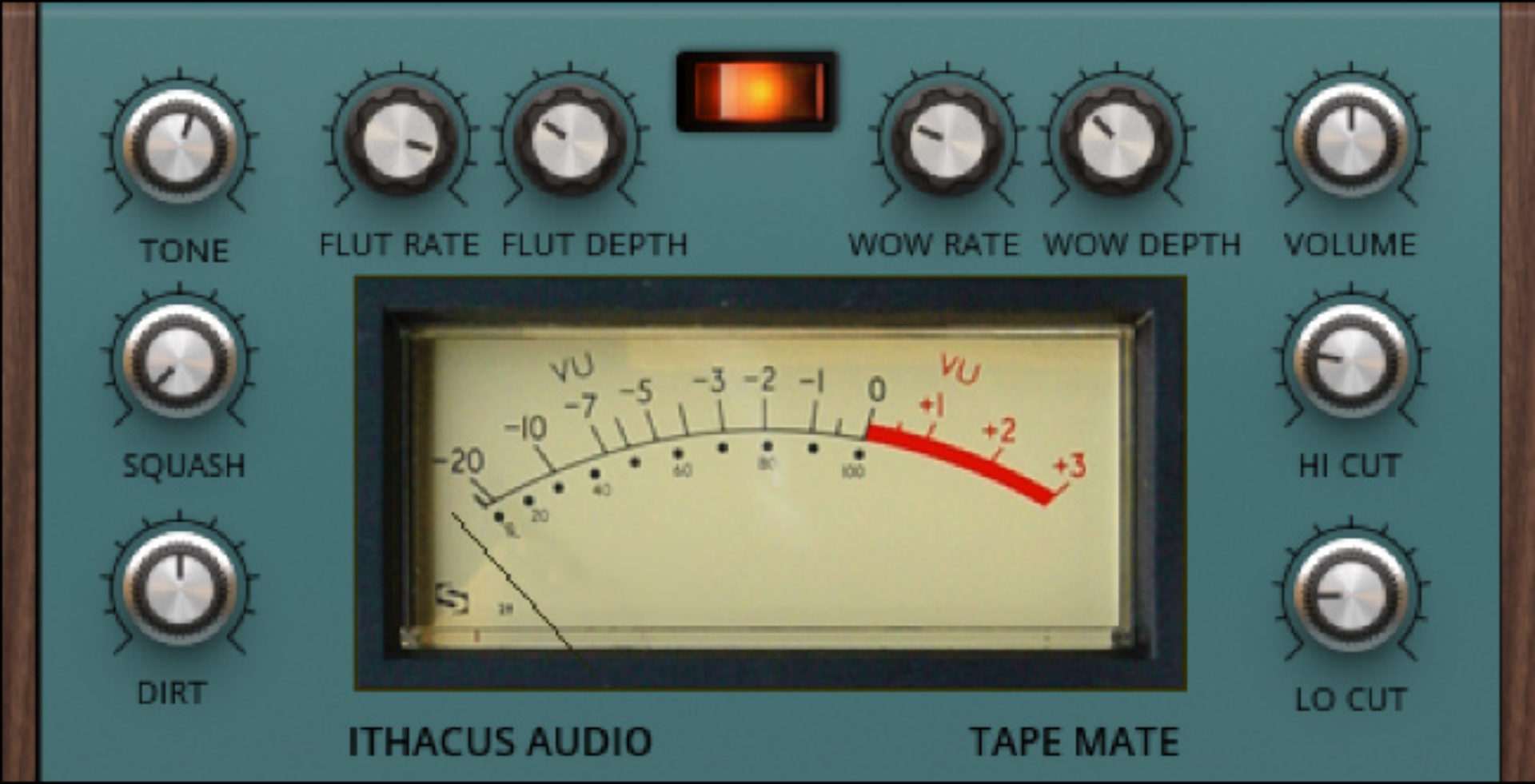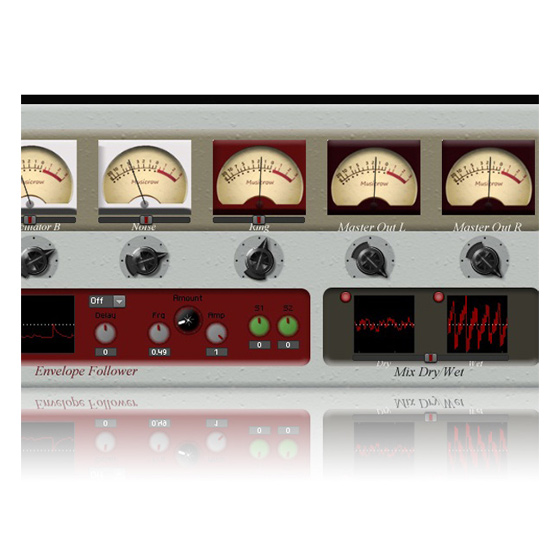


This new complex array of tools, working together, are ensembles.

We can load and assembly them together to get something more unique. Ensembles can contain more than one single instrument (a lower level “part”): a synth or an effect is a single instrument (the single Blocks synth modules are actually instruments, which can be combined in ensembles). Reaktor’s parts work in a hierarchical fashion, and the final result, a complex tool consisting in more than one part, is referred to as an “ensemble”. To allow maximum flexibility to all of the different users (whether they are programmers or musicians), Reaktor runs both in standalone mode and as a plugin. Reaktor embraces all of these aspects and more.
#REAKTOR ENSEMBLES PATCH#
To summarize: we might be familiar with programming, with objects in environments like MaxMsp or PureData, with patch cables, cases, CVs and Gates, or just with soft synths programming. In the following images we loaded an oscillator from the Blocks library, then opened the “lid” to see its structure by double clicking, and again on the single modules, revealing a much more complex situation, that, at the higher level, is that oscillator with just a few knobs. We could dive even deeper and see how single parts and functions of, for instance, a “simple” oscillator are made. At the rooftop, we will start building our instruments, in “Primary” or in “Core”, where we will use cells and macros to connect signals in order to build synths, effects, and much more. Here we have much more freedom, in fact we can assembly something really personal and original, as with a real modular system. You can imagine Reaktor as a building with many floors: we can start by playing with what is inside it, the Factory Library or third party ensembles, then, on the next floor we can find a more complex environment, Blocks, which consists, again, of pre-build modules, but we have to patch them together in order to hear a sound. It comes with a lot of pre-build material, such as the Factory Library or Blocks, with their Blocks Wired ensembles, so programming knowledge is not imperative to enjoy this wonderful beast, and musicians can start immediately to put their hands on it and start making sounds.

Reaktor is a visual programming environment, allowing us to think, program and build custom instruments, DSP algorithms and entire ensembles of tools. That is just the tip of the iceberg, the higher level of the building. So is Reaktor just a virtual modular synth? Despite that we can find a lot on the internet about “Blocks” and the modular synth craze of late, the answer is an absolute “no”. A major feature of the latest version, Blocks, deserves (and will receive) special attention. The sixth and latest version features a revisited interface and a lot of new features for the building environment, like the Table Framework. We will talking here about the latest version, Reaktor 6.2.1, but we also don’t want to forget that Reaktor has a lot of historical background, and before the most recent version, we can find its roots as far back as 1996 with Generator, a modular synthesizer system for PC. We also look very briefly at the sound design and experimentation fields. We begin with a general overview in this first installment, starting from its sections, structures and environments, to its modular synthesis tools, Blocks, and moving later on to its most significant ensembles, third party instruments and tools. In the Kritical Reaktions series, we will try to explore the possibilities and nuances of this gargantuan instrument. Welcome to the world of Reaktor, a whole universe of sonic sculptures, where synthesis meets programming, audio processing, and where, if you can imagine a new tool, a way to manipulate or generate a sound, it can come to life. We begin an extended exploration of Native Instruments’ Reaktor, a tool for the ambitious to build audio processors and an audio platform of consequence for the rest of us.


 0 kommentar(er)
0 kommentar(er)
